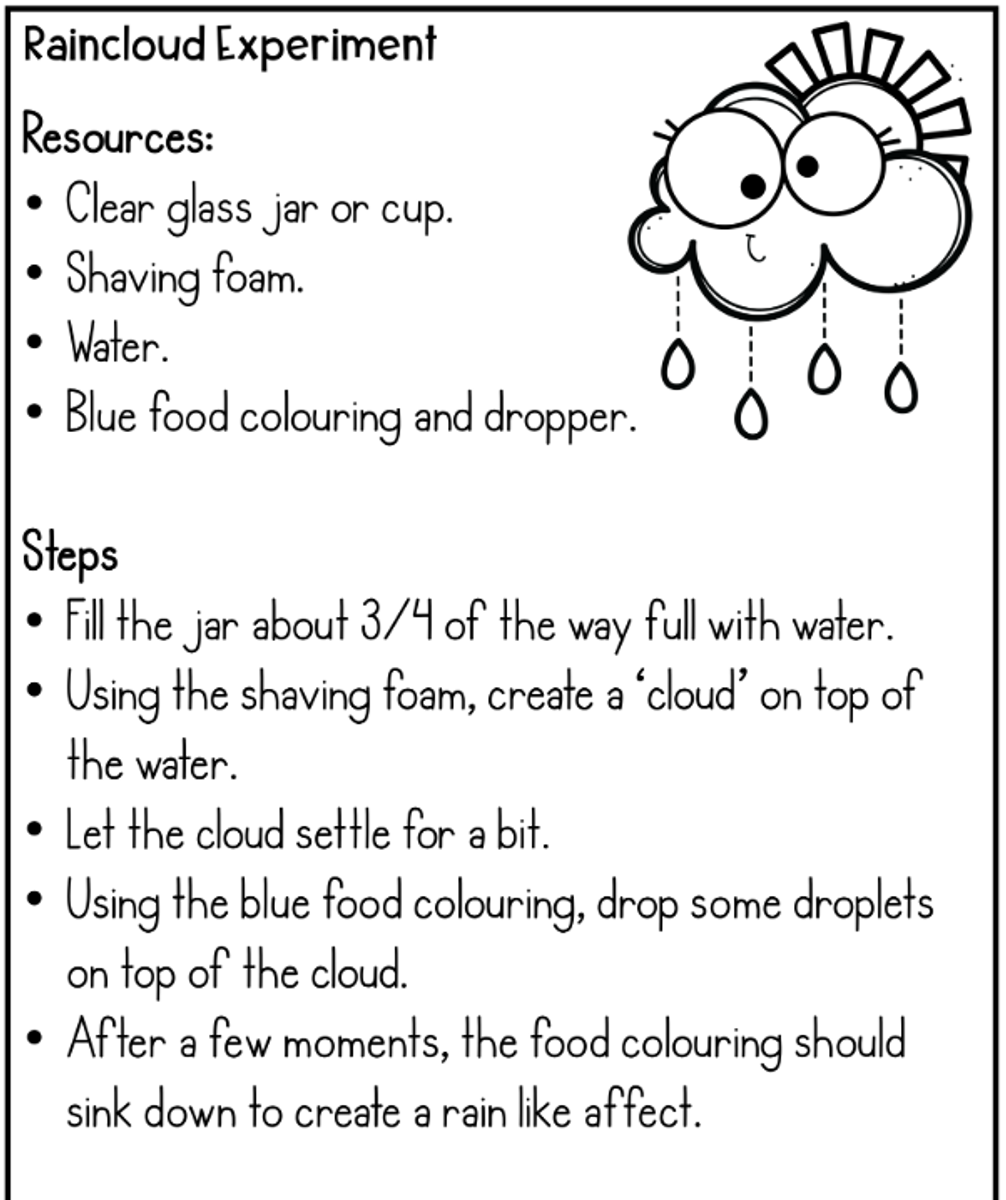Learning News Kindergarten
Miss Sophie Goodman

Learning News Kindergarten
Miss Sophie Goodman
Our Kindergarten students have settled right into our classroom routine. We are so proud of their efforts already!
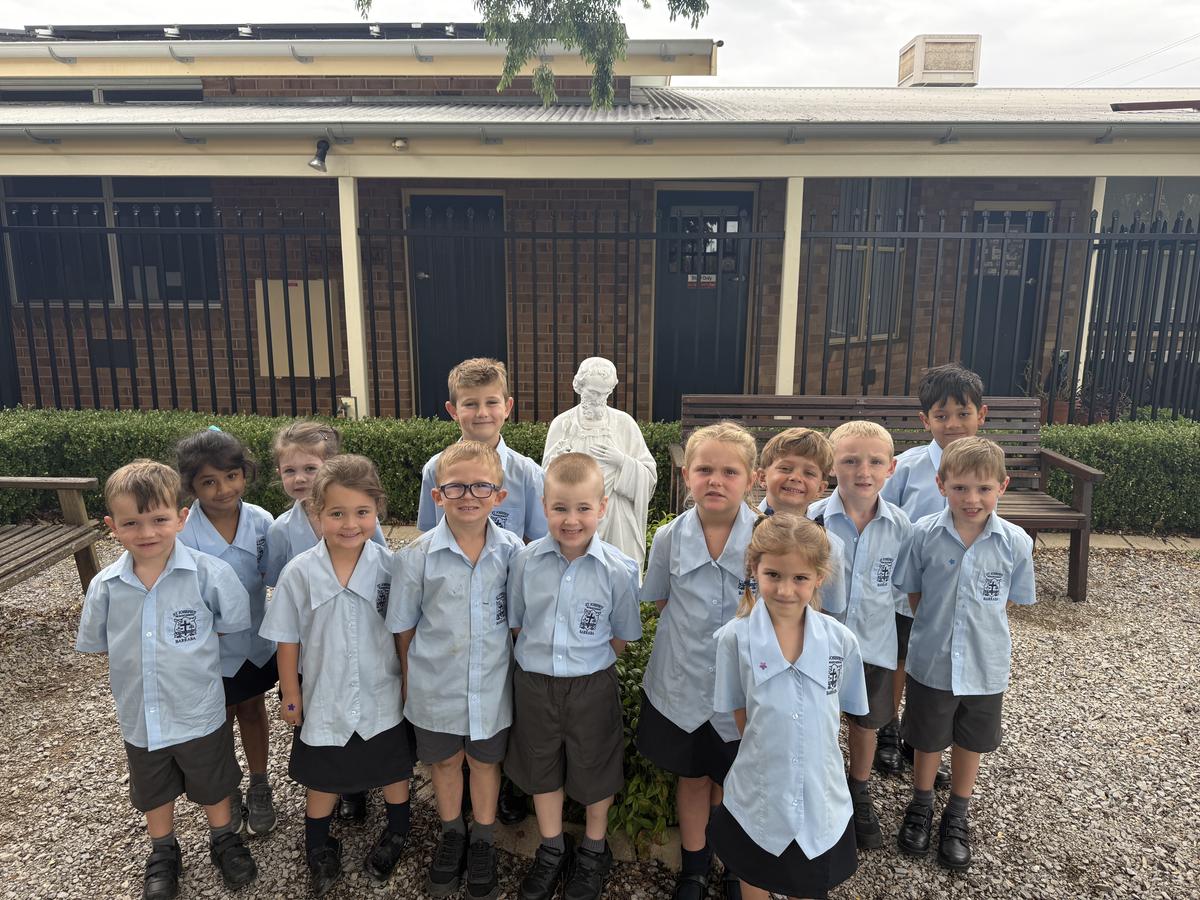

Initial Lit
Currently in Initial Lit, we are focusing all on rhyming and syllables. Here are some ideas that you could do at home. These activities combine learning with play and help build early literacy skills while keeping the process fun!
Rhyming Activities | Syllable Activities |
|---|---|
Rhyming Songs and Rhymes: Sing simple nursery rhymes together that have a strong rhyming pattern, like "Twinkle, Twinkle, Little Star" or "Row, Row, Row Your Boat." You can also make up your own silly rhymes!
Rhyme Time with Flashcards: Use flashcards with pictures or words on them. Ask your child to come up with words that rhyme with the word or picture on the card. For example, if you show a picture of a "bat," your child might say "hat" or "mat."
Rhyme the Room: Pick a word and challenge your child to find things in the room that rhyme with it. For example, if you say "box," they might find "rocks" or "socks."
Rhyming Hopscotch: Set up a hopscotch board and write rhyming words in the boxes. As your child hops from box to box, they say the words out loud and identify the rhymes.
| Clapping Syllables: Say a word aloud and encourage your child to clap for each syllable they hear. For example, for the word "banana," they would clap three times: ba-na-na. Start with simple words and gradually increase the difficulty as they get the hang of it.
Syllable Sorting: Write down a variety of words on paper (e.g., "apple," "dog," "elephant," "table"). Have your child sort them into two piles: one for 1-syllable words and one for multi-syllable words. You can also use pictures instead of words.
Syllable Jumping: Lay out a row of tape or small objects on the floor (like cushions). Say a word aloud, and have your child jump for each syllable as they say it. For example, for "butterfly," they would jump three times: but-ter-fly.
Syllable Counting with Blocks: Give your child some small blocks or cups. For each syllable they hear in a word, they stack one block. For example, for the word "banana," they would stack three blocks: ba-na-na. |
Writing
This term in Kindergarten, we will be writing recounts. Our recounts need to include who was there, what happened, when it took place and where it happened. Here are some of our amazing writers hard at work during our Big Write!
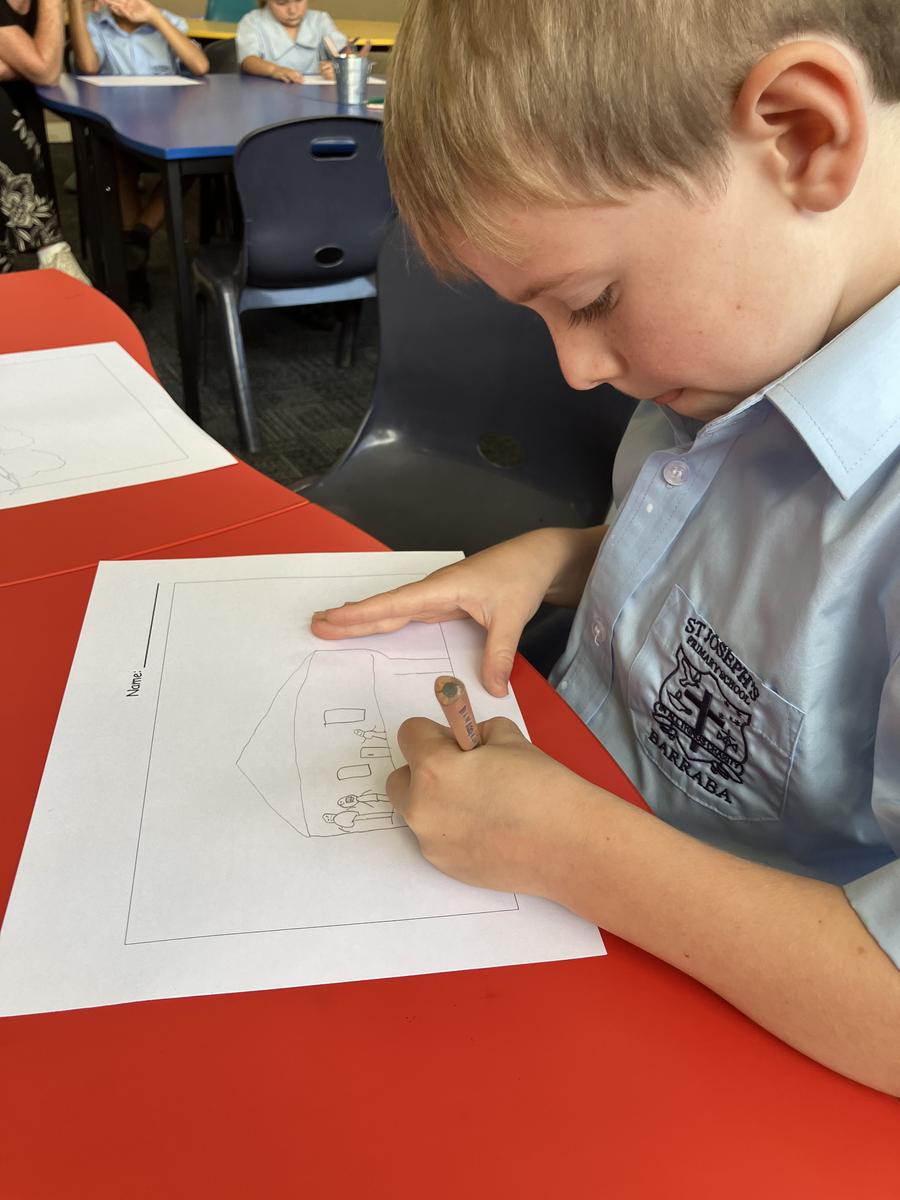
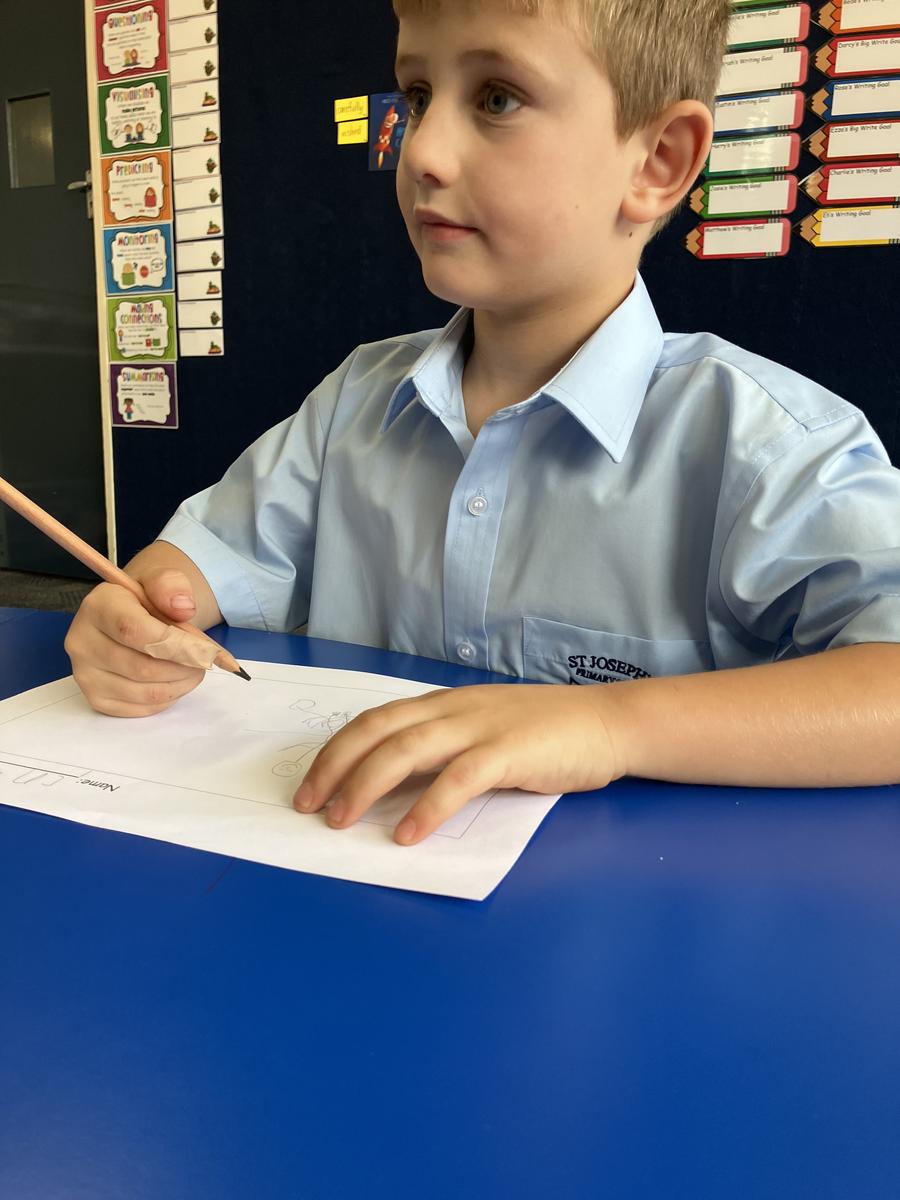
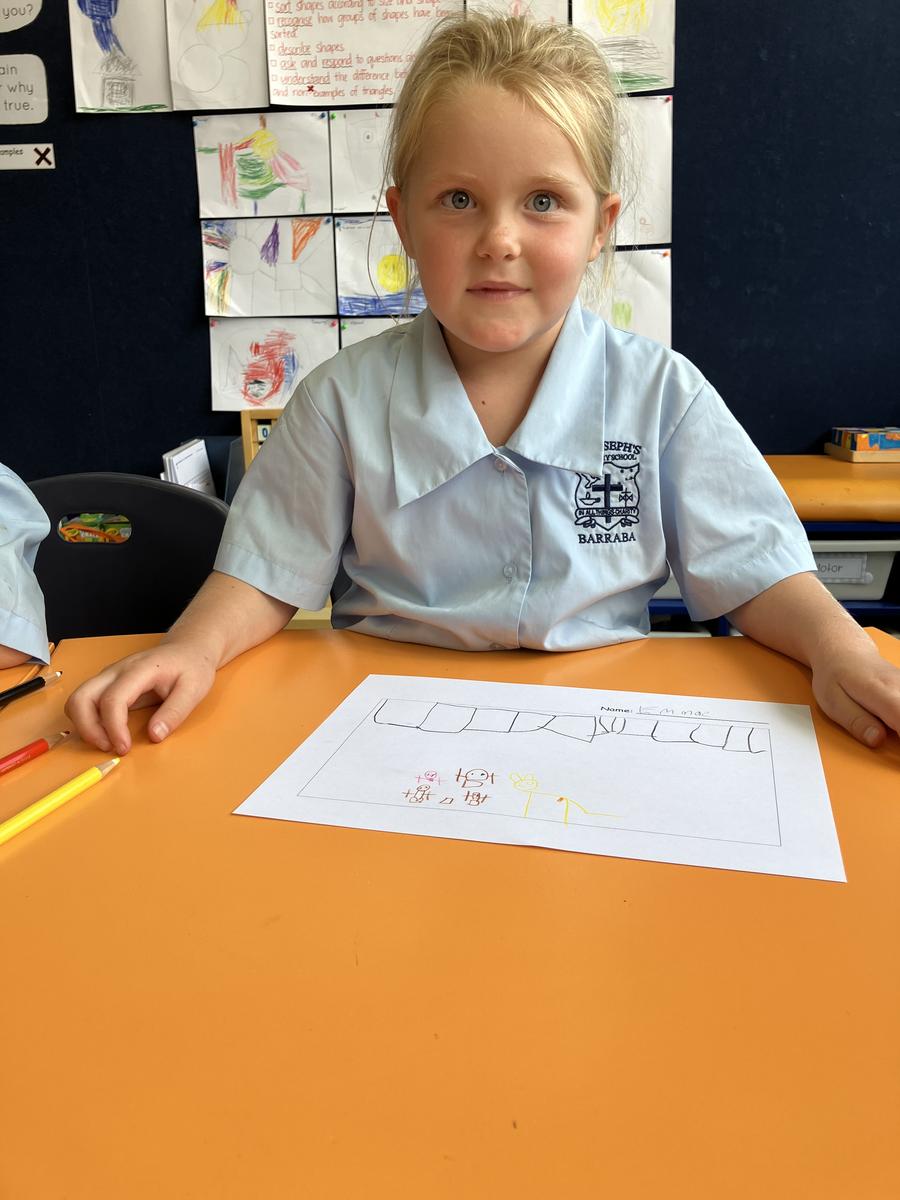
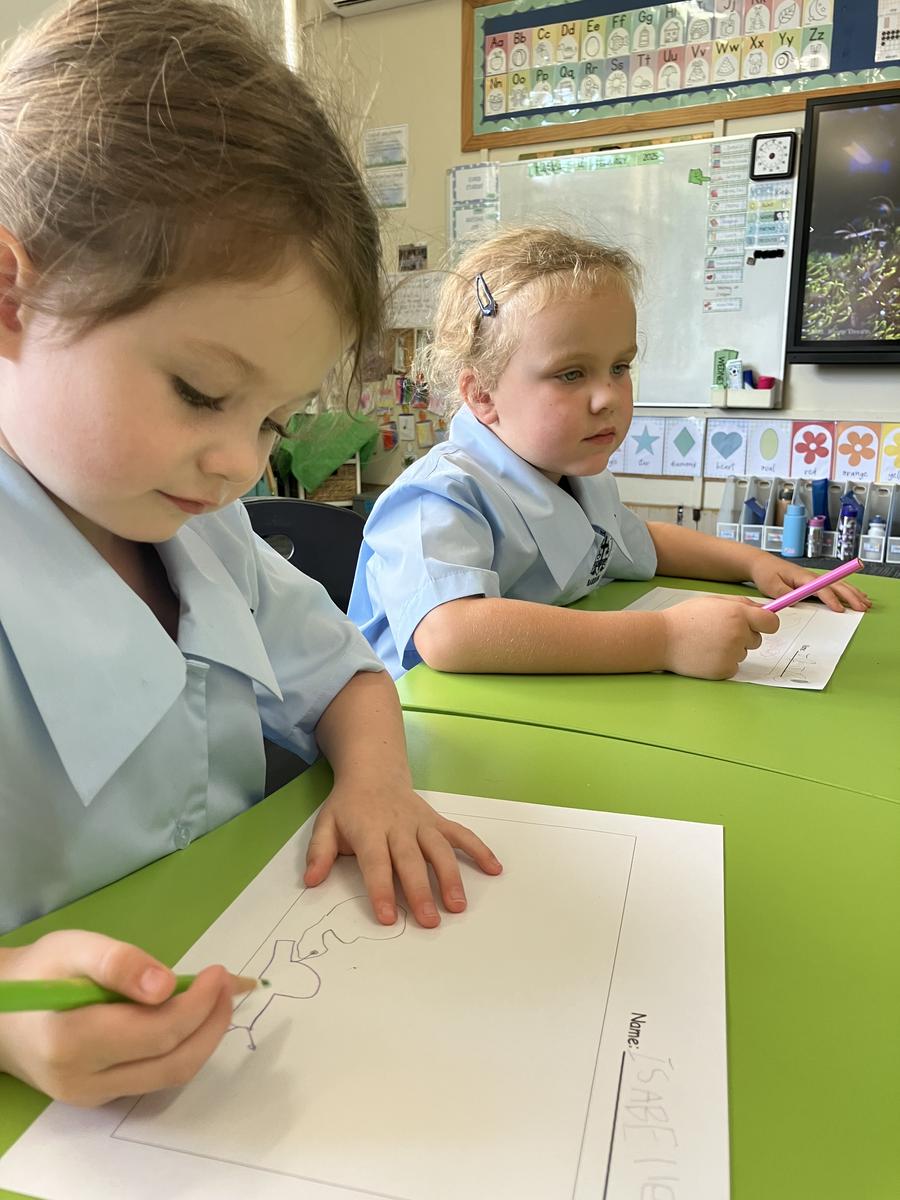
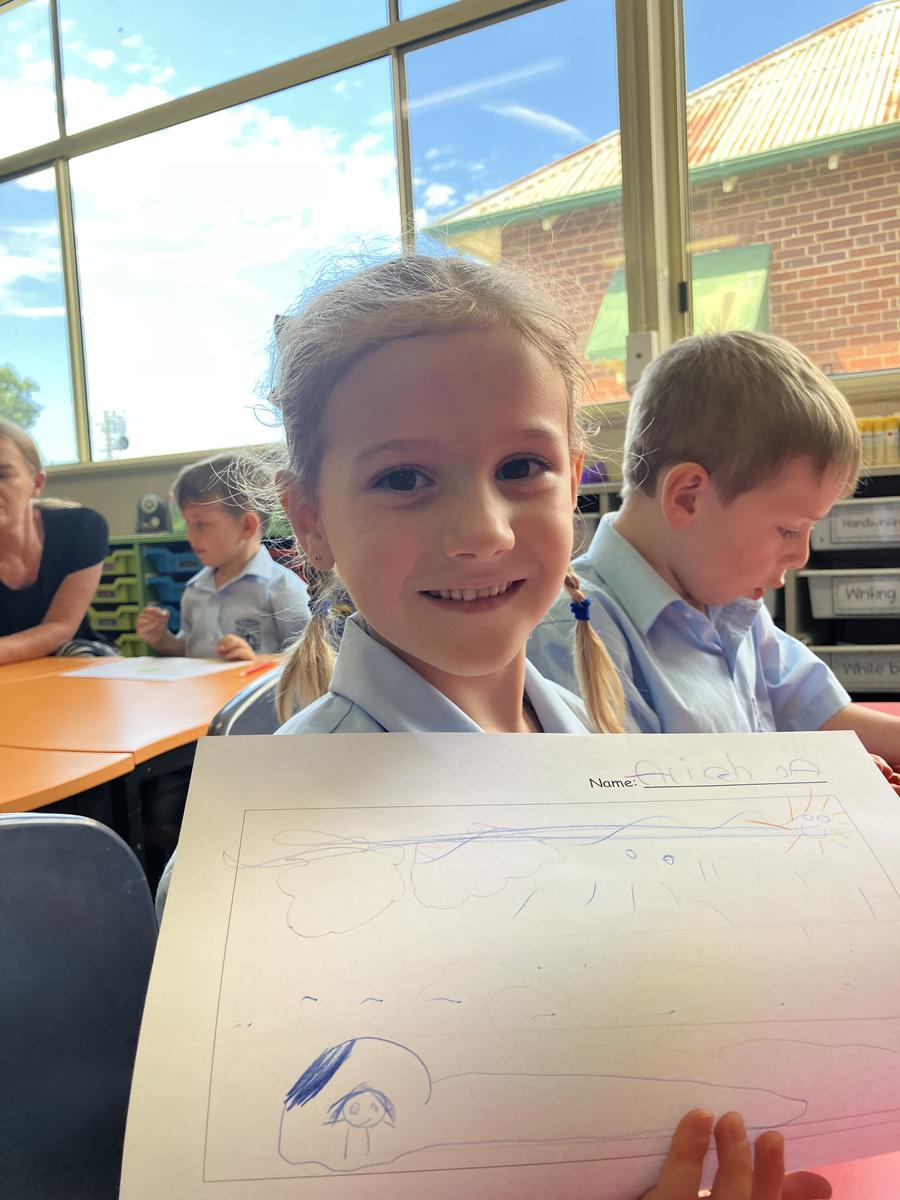
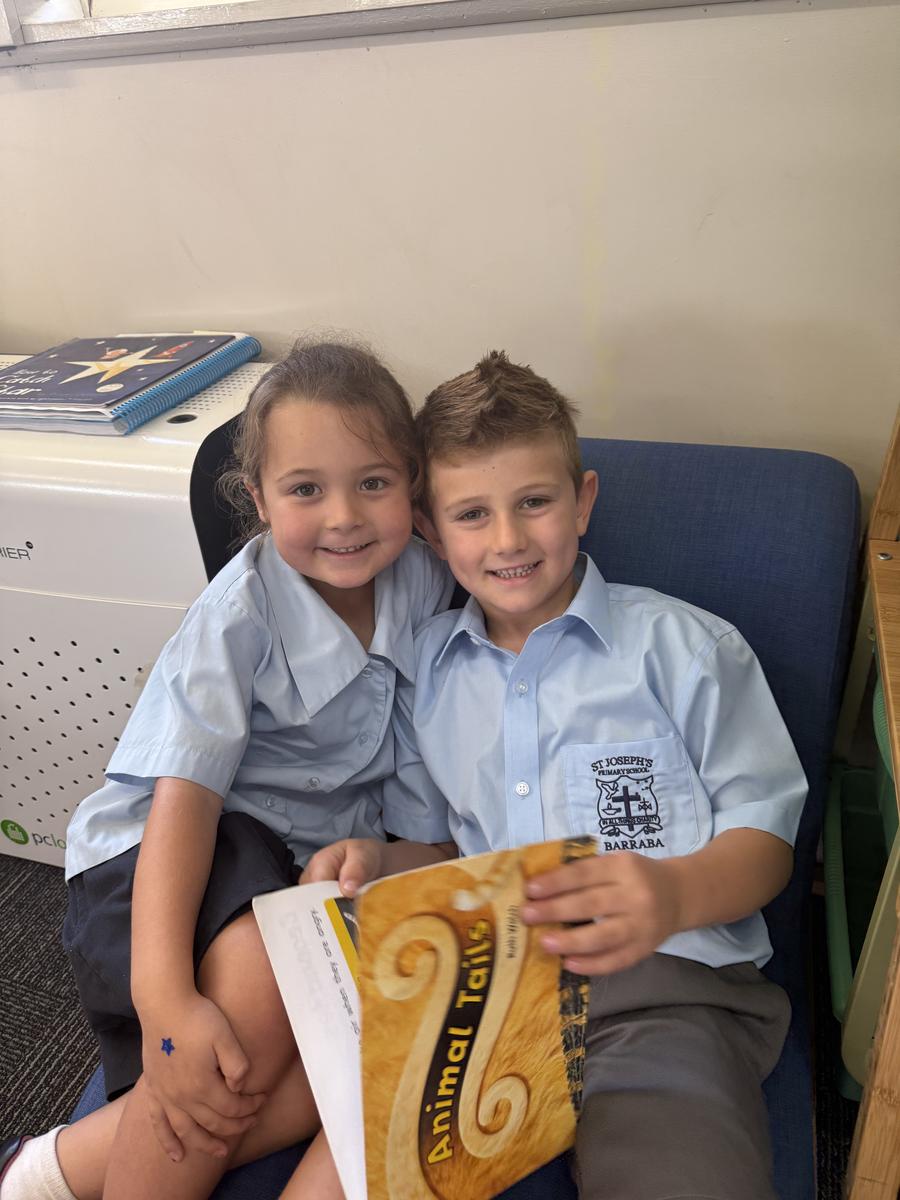






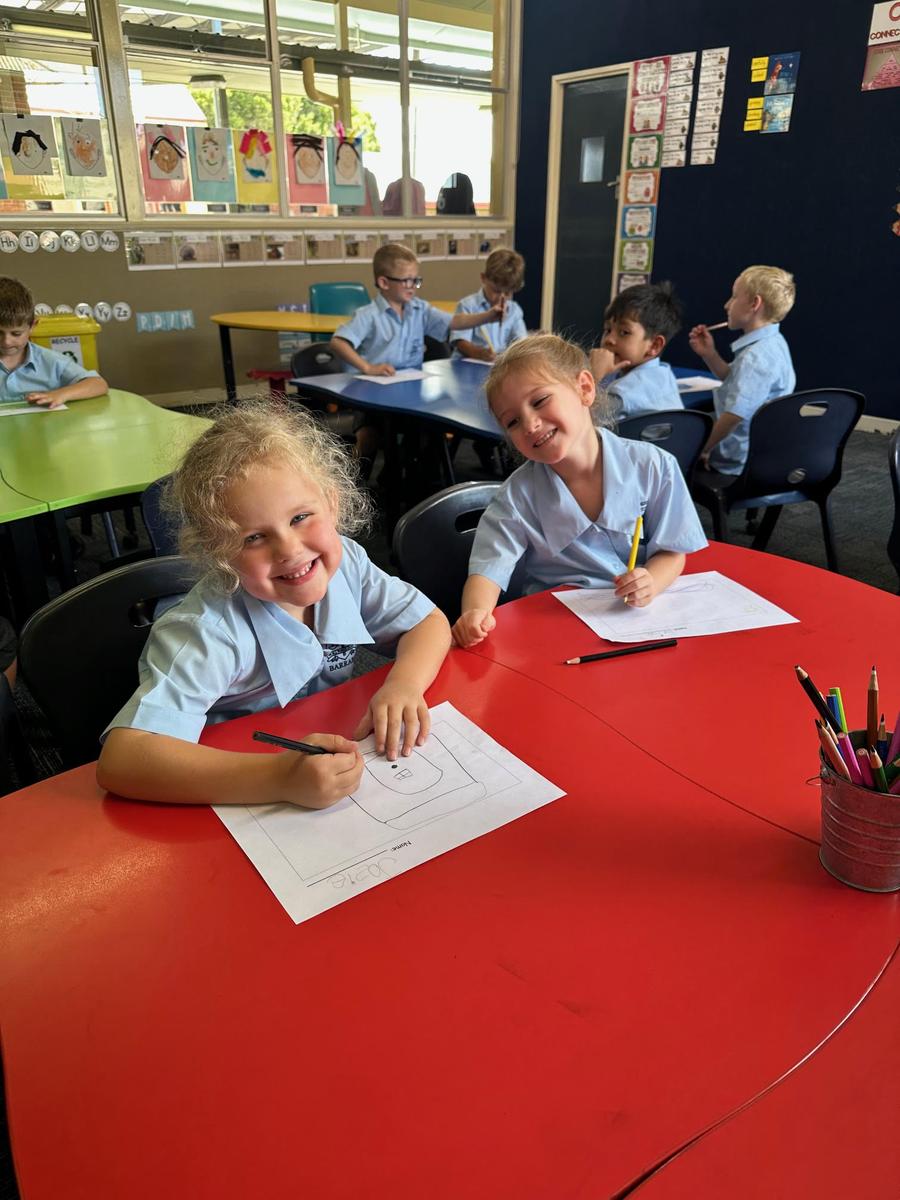
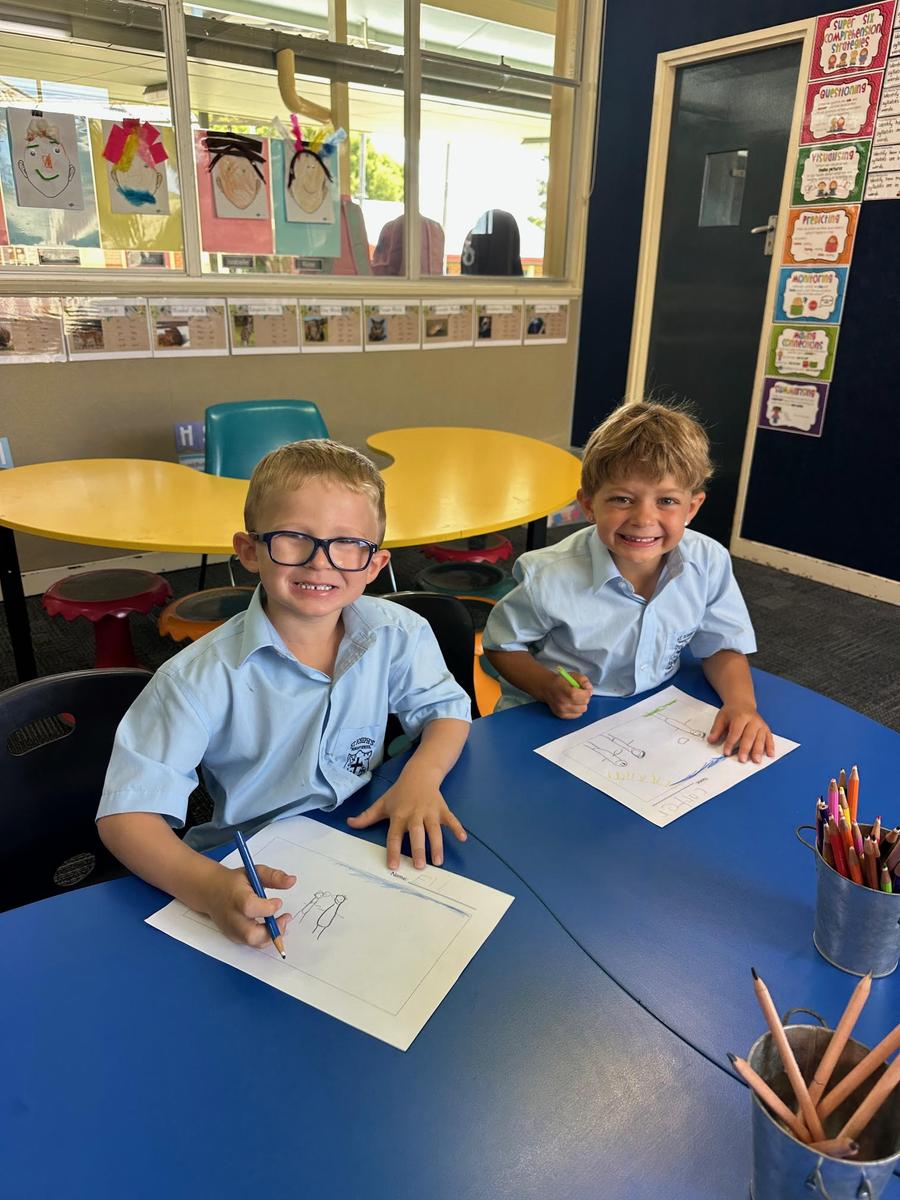
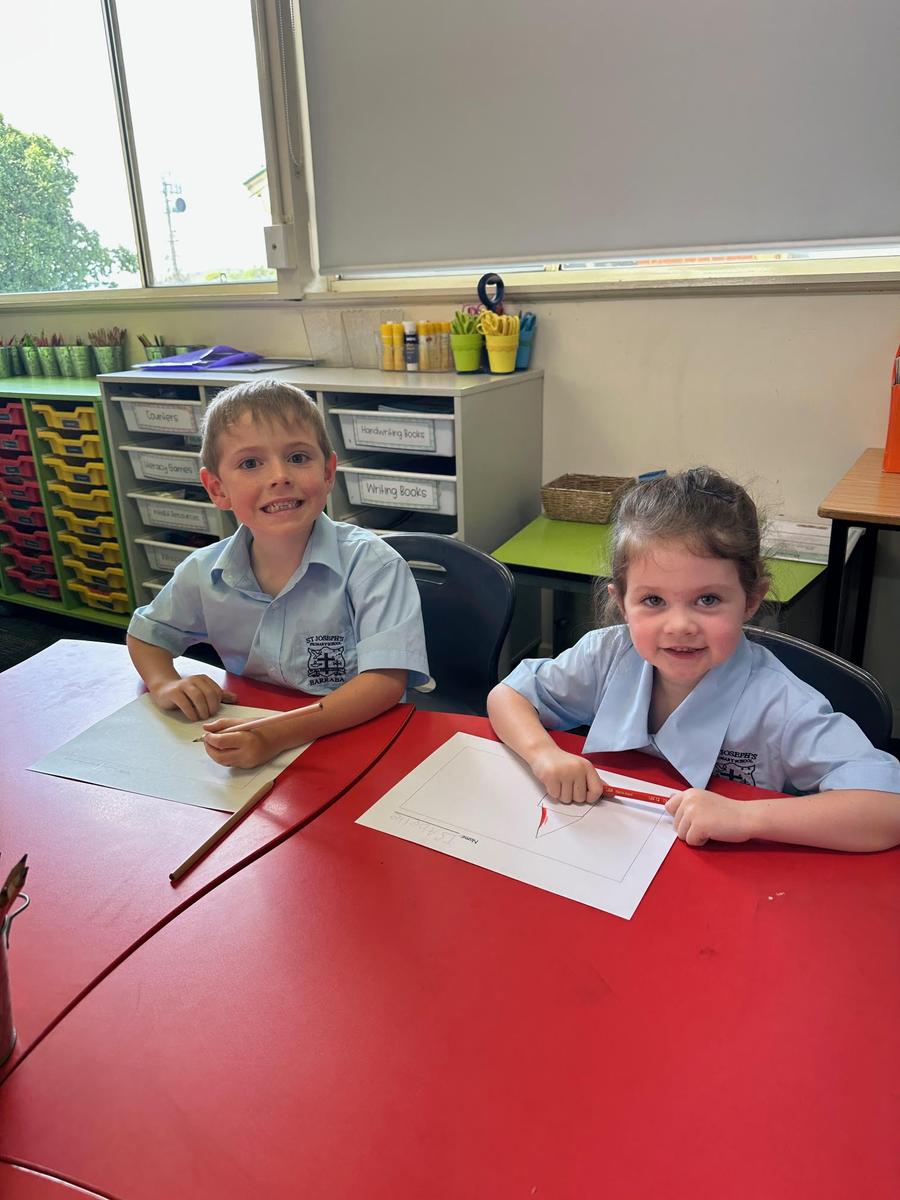
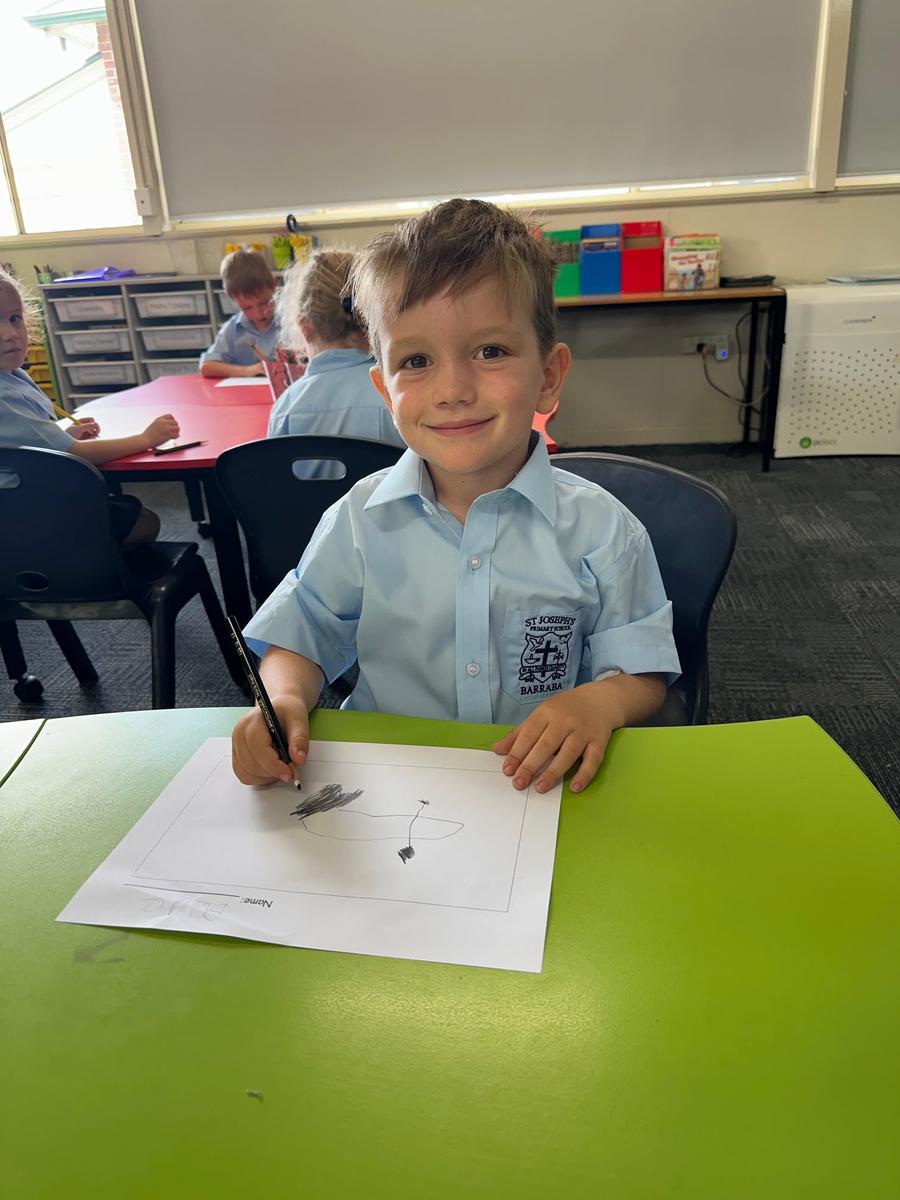
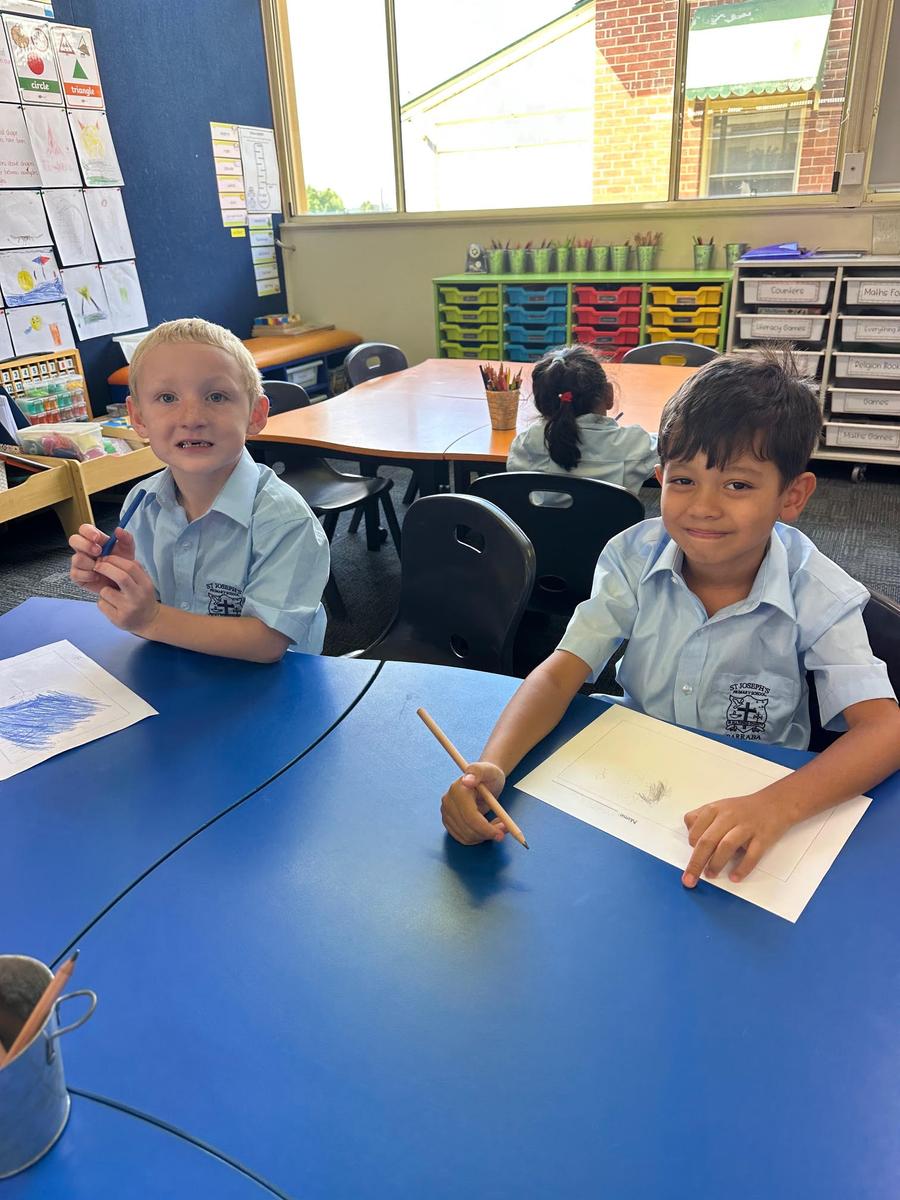
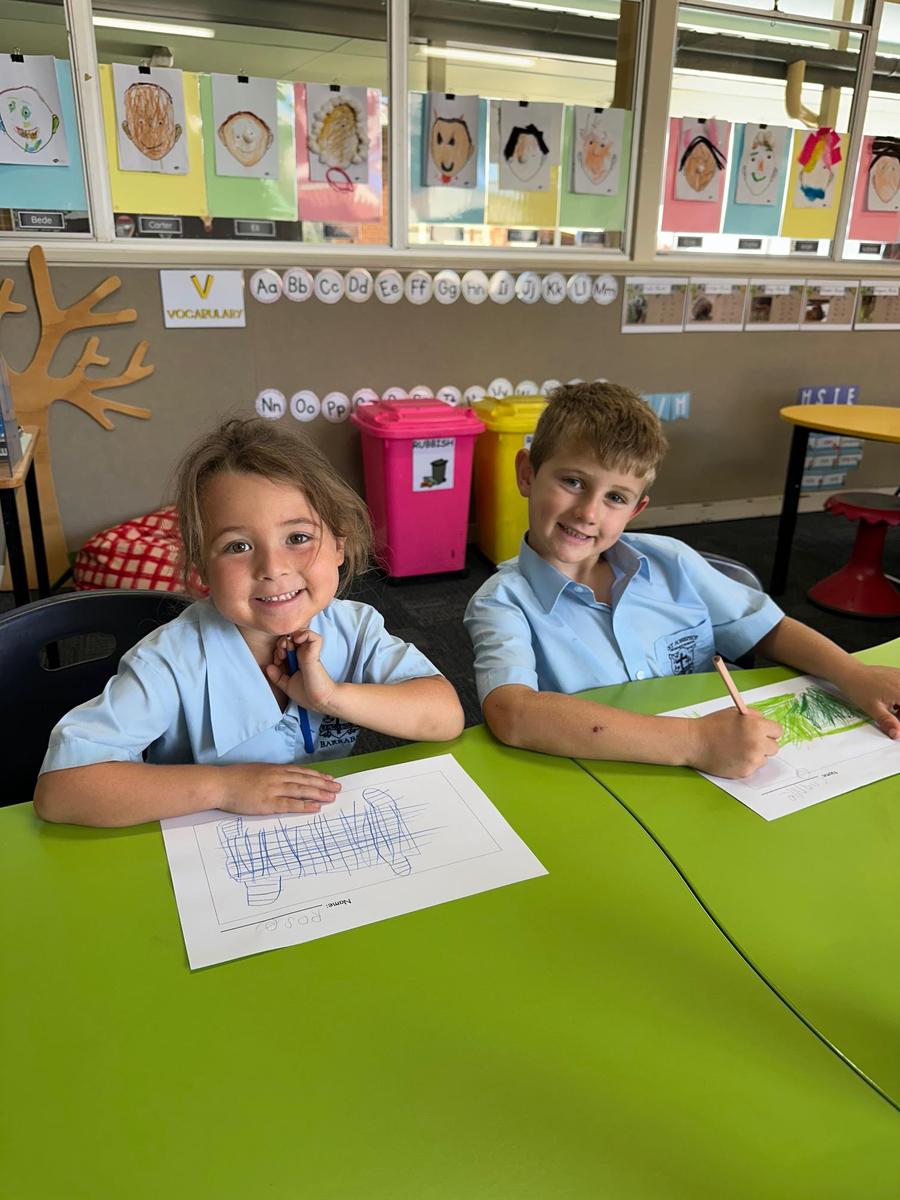






Maths
We have finished off our 2D Shape unit and beginning our new unit all about patterns next week. Here are a few tips that you can focus on at home!
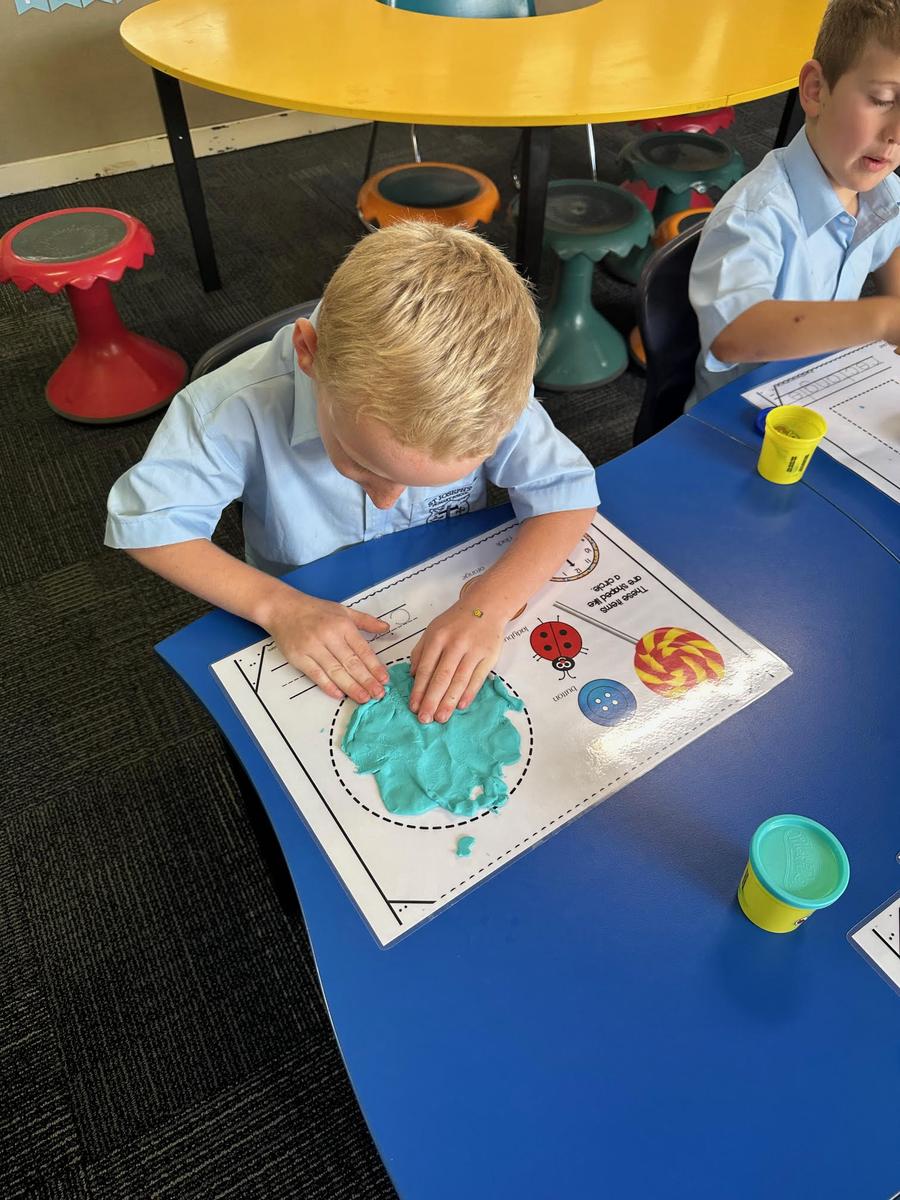
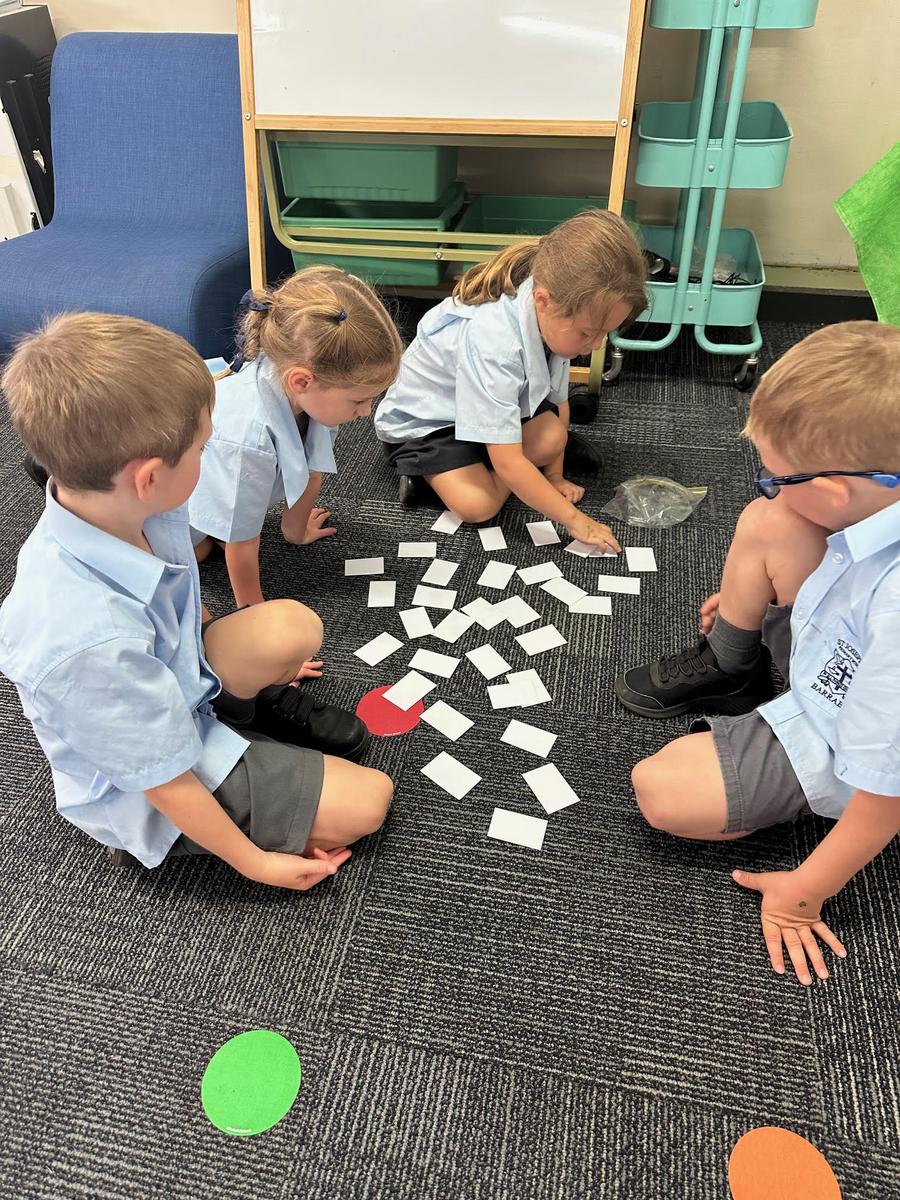
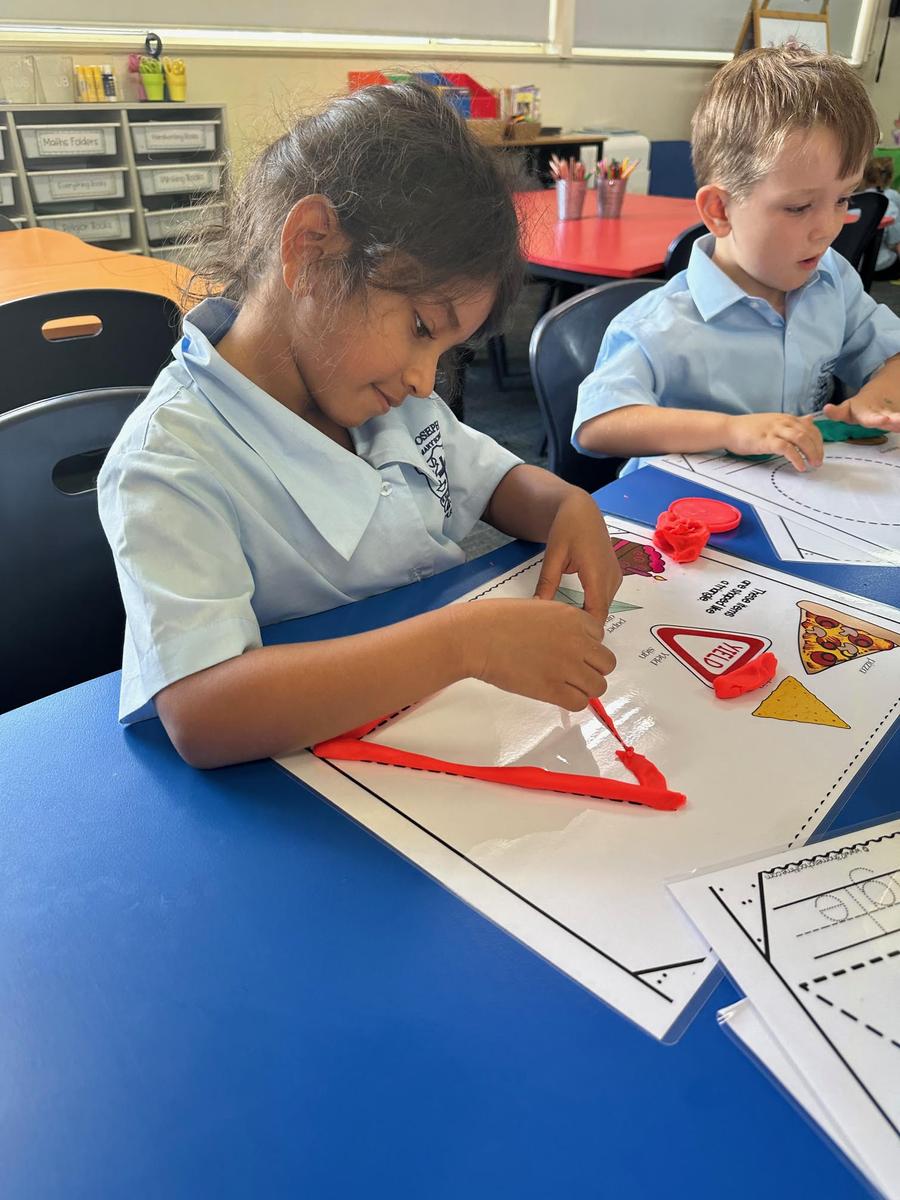
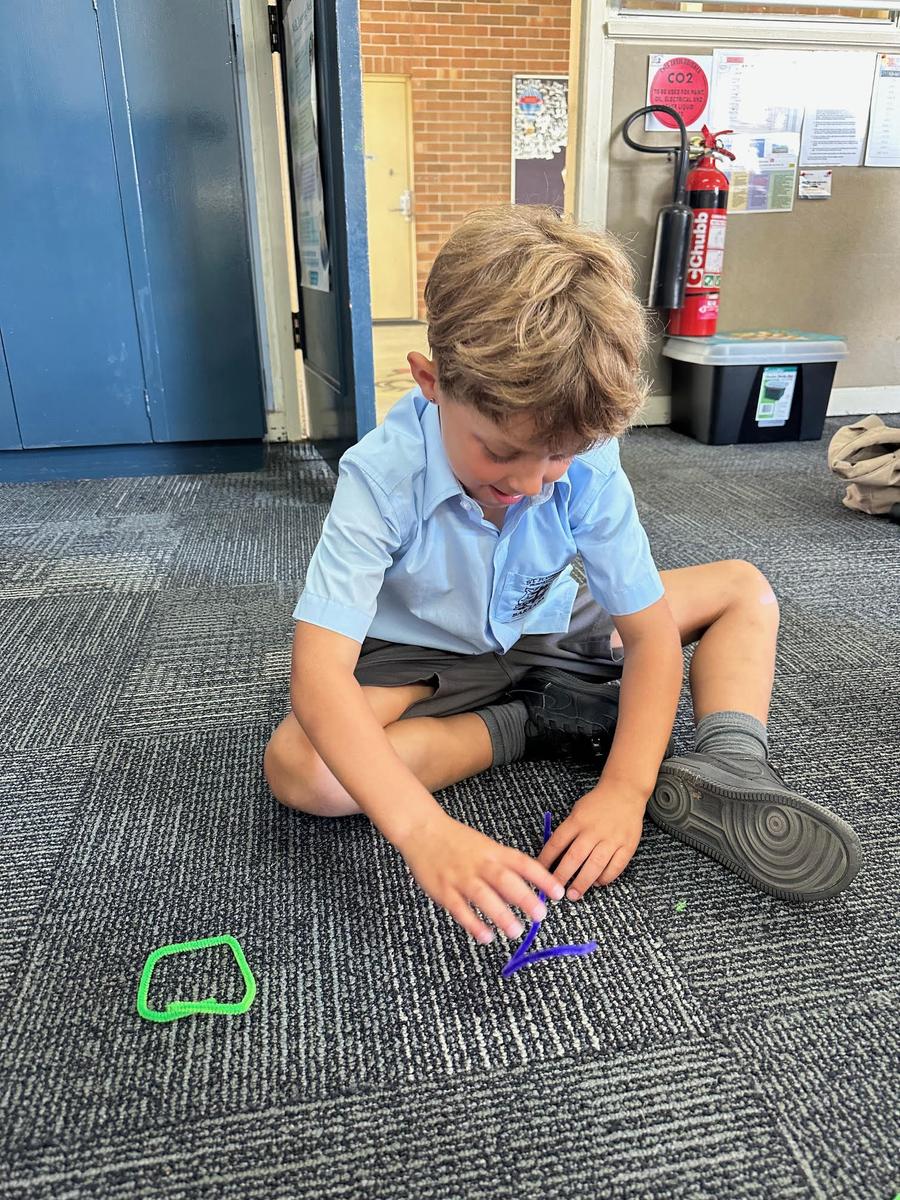
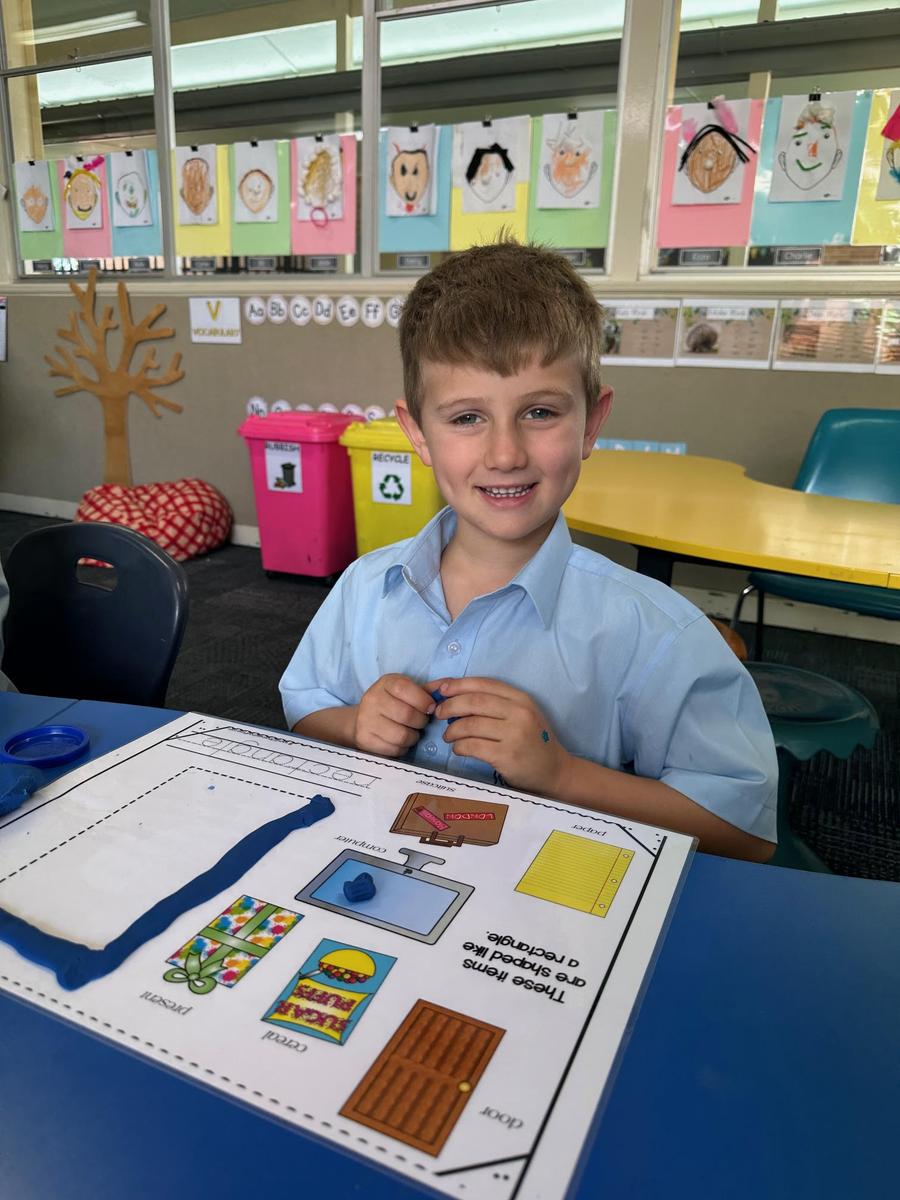
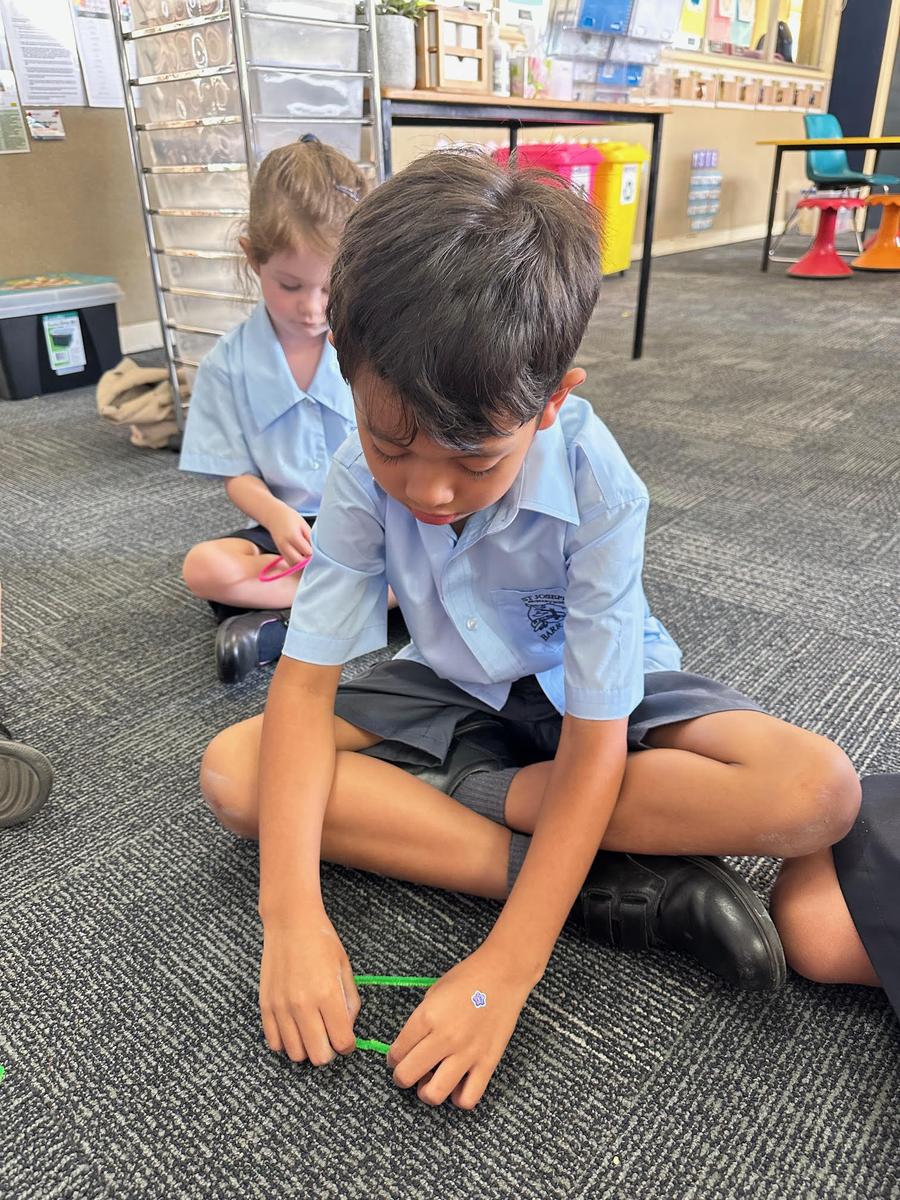
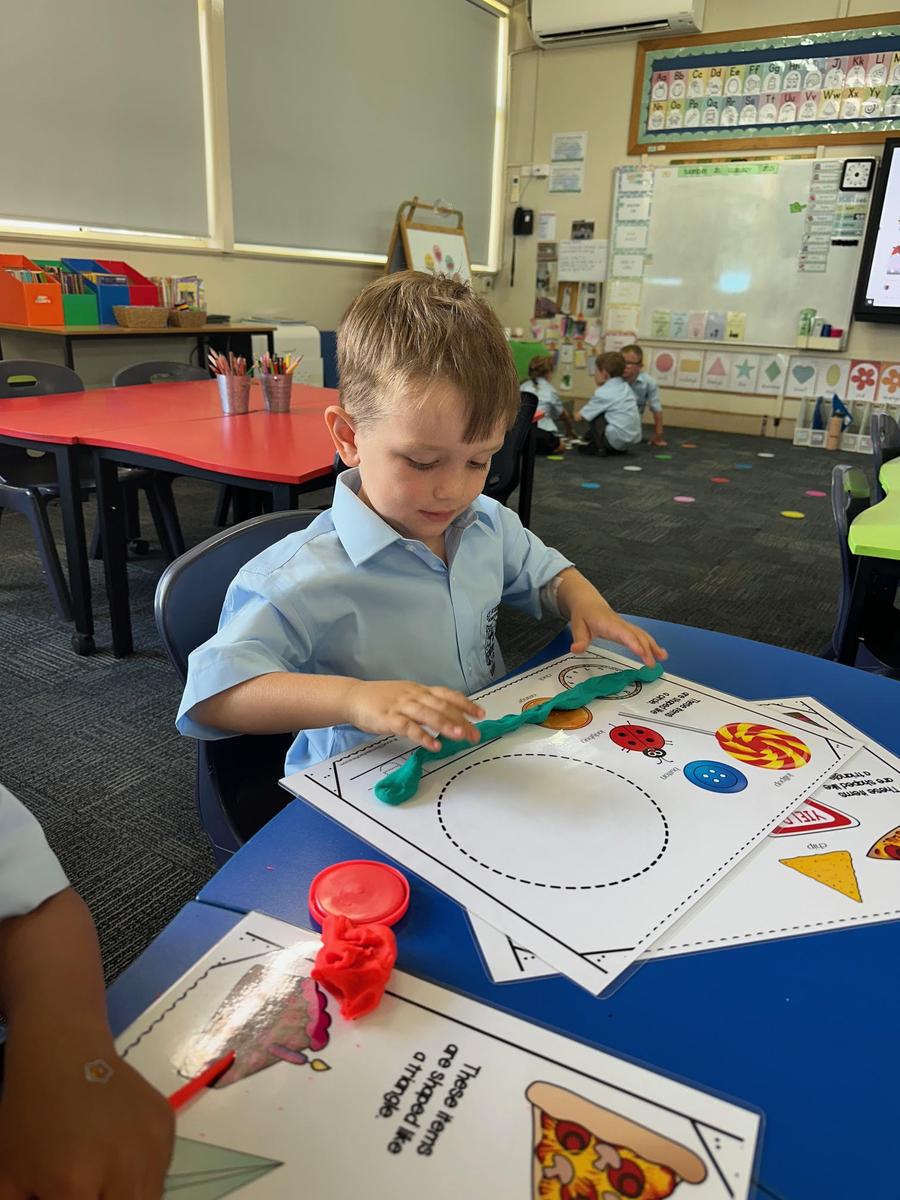
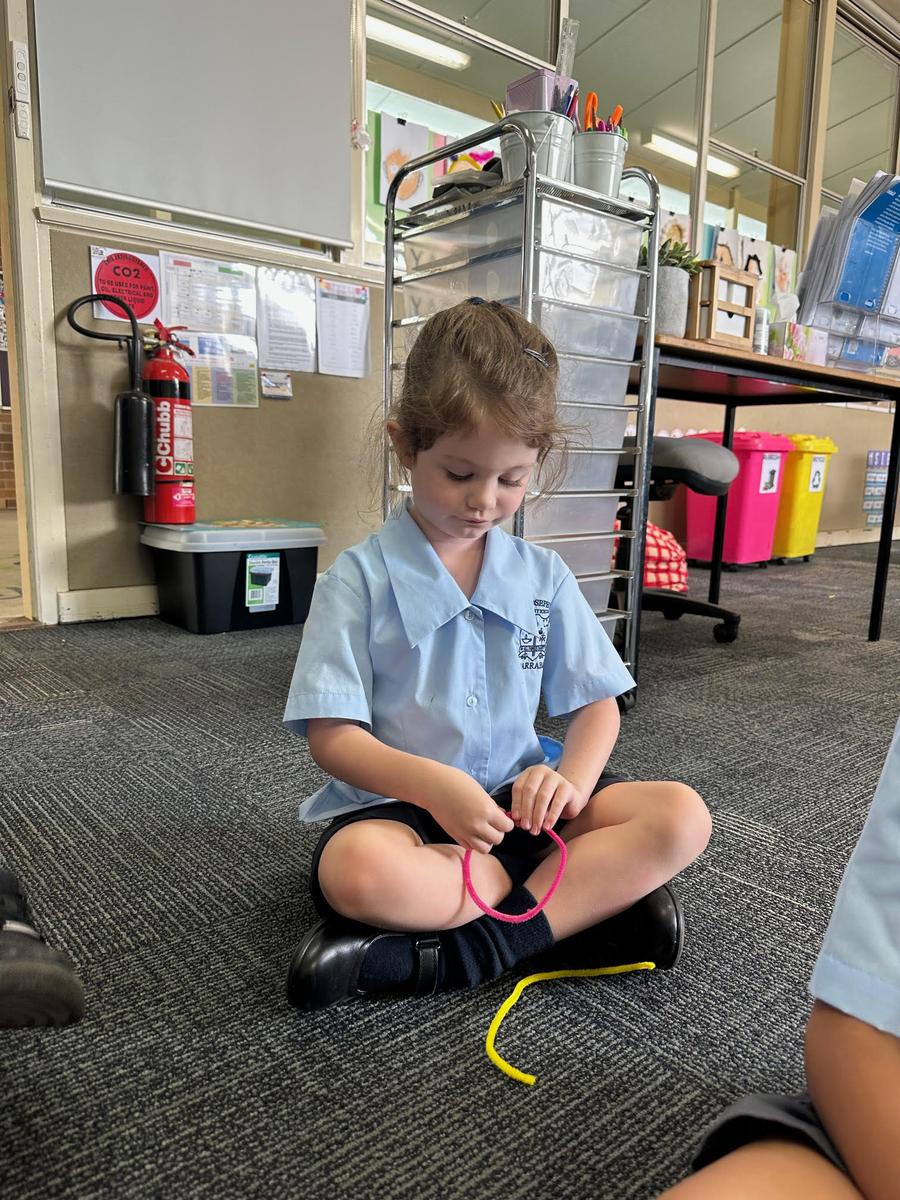








Science
On Monday with Mrs Mitchell, Kindergarten were learning all about how rain is formed. They conducted a rain cloud experiment using shaving cream, water and food colouring. Feel free to have a try at home!
